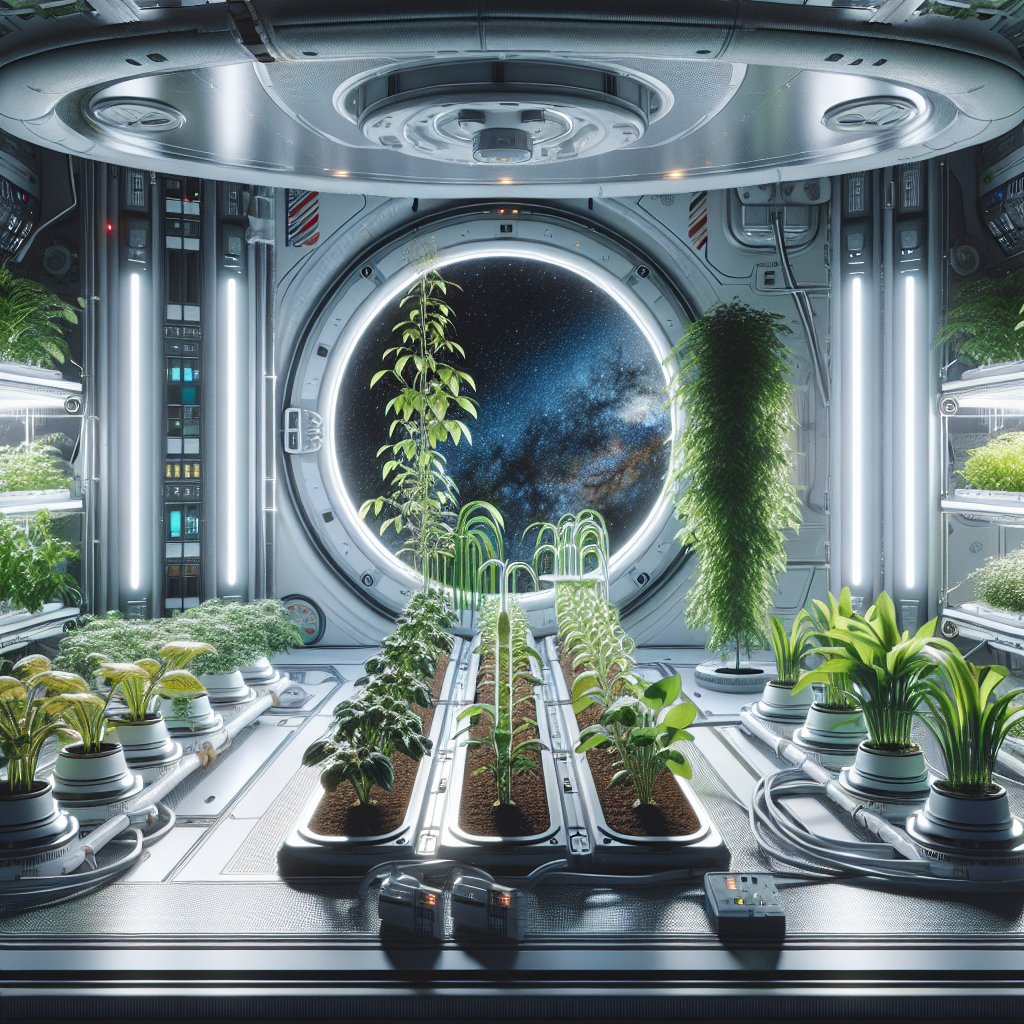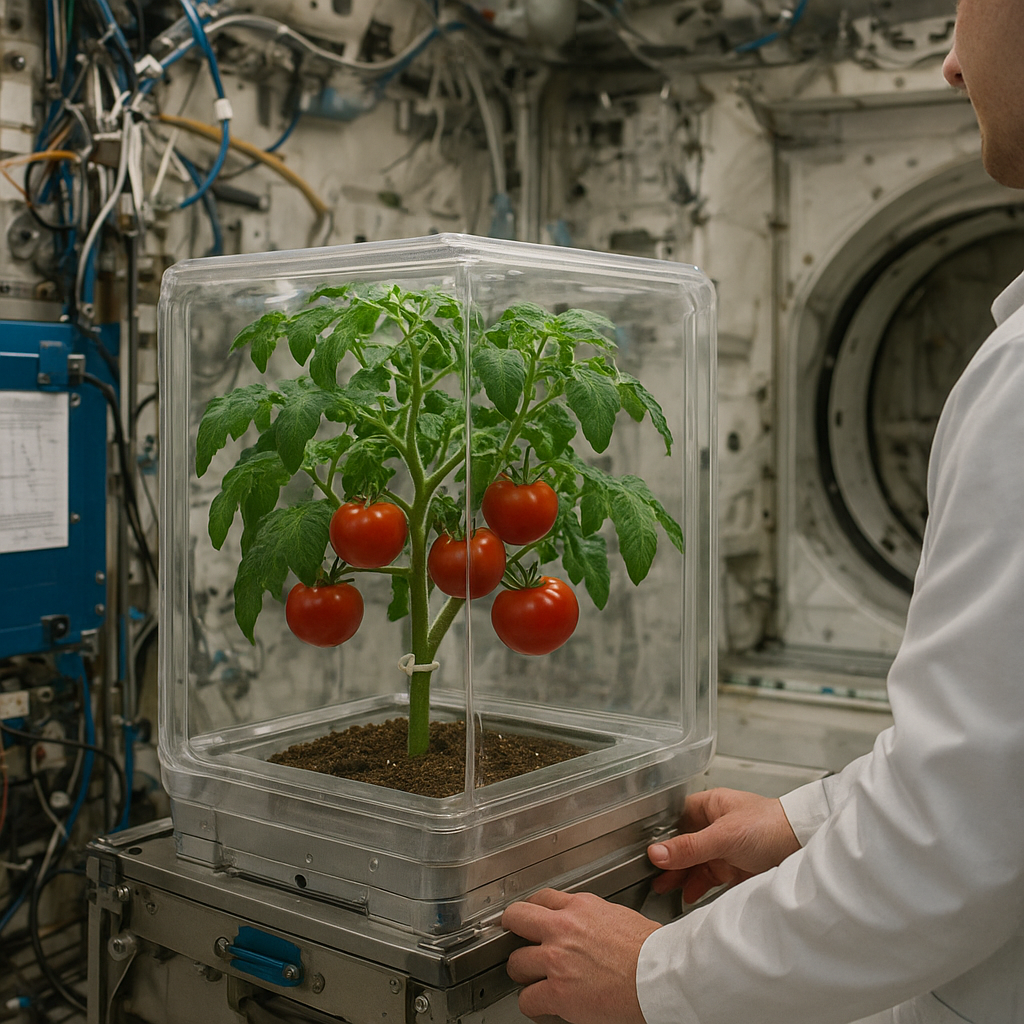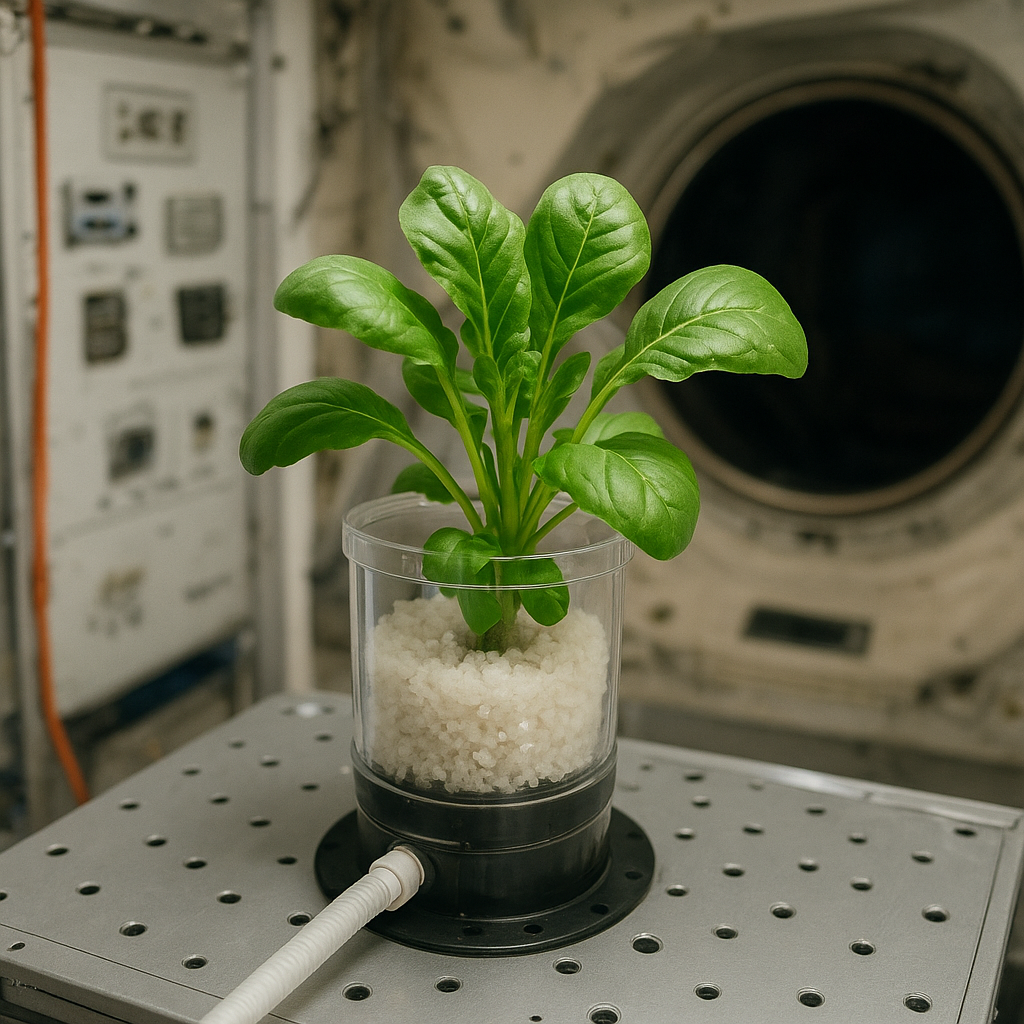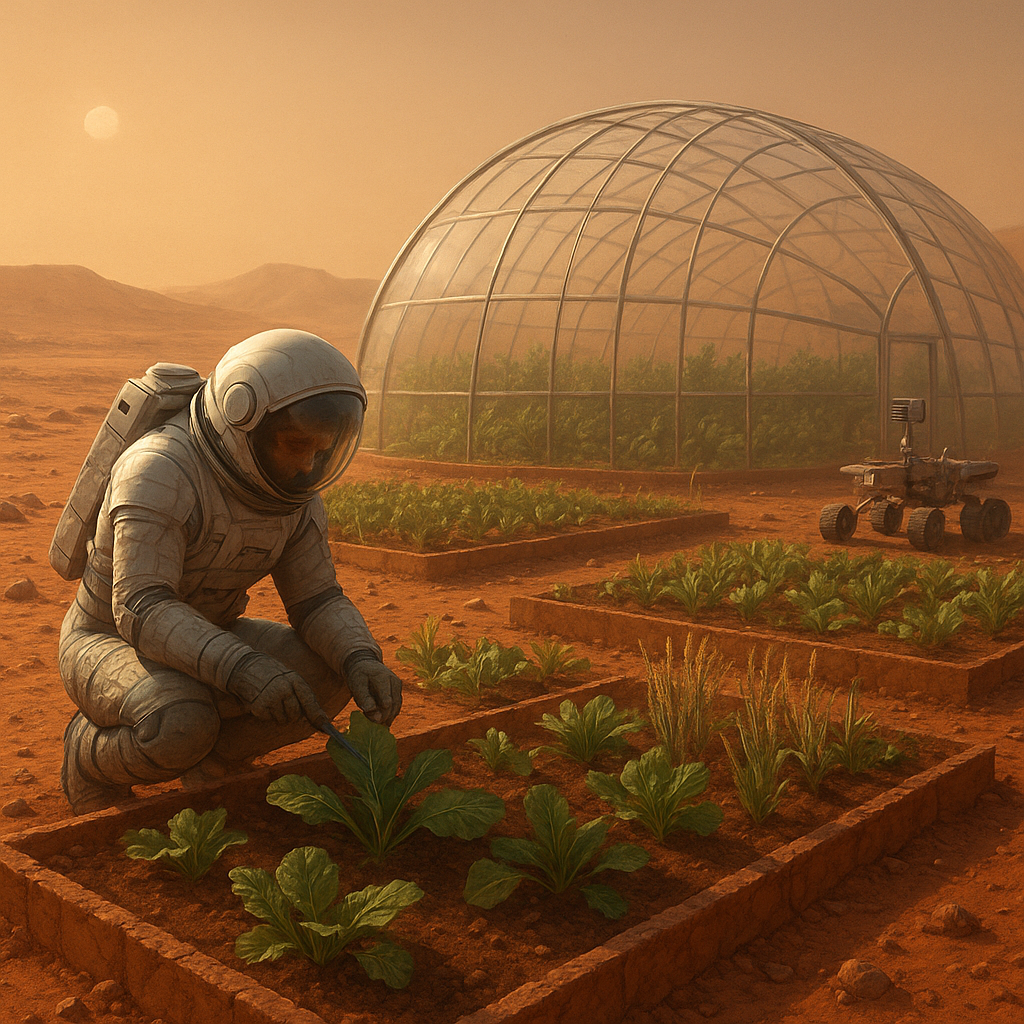The importance of biodiversity in space farming ecosystems cannot be overstated, as it plays a crucial role in ensuring the sustainability and resilience of agricultural practices beyond Earth. As humanity looks to establish a presence on other planets, particularly Mars and the Moon, understanding how to create and maintain diverse ecosystems in these extraterrestrial environments is essential. This article explores the significance of biodiversity in space farming, the challenges faced in creating these ecosystems, and the innovative solutions being developed to overcome them.
The Role of Biodiversity in Space Farming
Biodiversity refers to the variety of life forms within a given ecosystem, encompassing the diversity of species, genetic variations, and the complex interactions between organisms and their environment. In the context of space farming, biodiversity is vital for several reasons:
- Resilience to Environmental Changes: Diverse ecosystems are generally more resilient to environmental stressors such as temperature fluctuations, radiation, and nutrient deficiencies. This resilience is crucial in the harsh conditions of space, where plants may face extreme challenges.
- Soil Health and Nutrient Cycling: A variety of plant species can contribute to healthier soil by enhancing nutrient cycling and improving soil structure. This is particularly important in space farming, where soil may need to be artificially created or heavily modified.
- Pest and Disease Management: Biodiversity can help mitigate the impact of pests and diseases. A diverse array of plants can disrupt the life cycles of pests and reduce the likelihood of widespread crop failures.
- Food Security: A diverse range of crops can provide a more balanced diet for astronauts, ensuring they receive the necessary nutrients for long-term health during space missions.
Examples of Biodiversity in Space Farming
Several experiments and projects have already begun to explore the potential of biodiversity in space farming. For instance, the Veggie experiment aboard the International Space Station (ISS) has successfully grown various crops, including lettuce, radishes, and zinnias. These experiments not only provide fresh food for astronauts but also help researchers understand how different plant species respond to microgravity and other space conditions.
Another notable project is the Mars Society’s Mars Desert Research Station (MDRS), which simulates Martian conditions on Earth. Researchers at MDRS have experimented with growing a variety of crops in controlled environments, focusing on how different species interact and thrive in limited resources. These studies emphasize the importance of selecting a diverse range of crops that can complement each other in terms of growth requirements and pest resistance.
Challenges in Establishing Biodiverse Ecosystems in Space
While the benefits of biodiversity in space farming are clear, several challenges must be addressed to establish these ecosystems effectively:
- Limited Space and Resources: Space habitats will have limited space and resources, making it challenging to cultivate a wide variety of crops. Efficient use of vertical farming techniques and hydroponics may help maximize space utilization.
- Microgravity Effects: The effects of microgravity on plant growth and development are still not fully understood. Research is needed to determine how different species adapt to these conditions and how to optimize their growth.
- Isolation and Genetic Diversity: Space missions may involve a limited number of plant varieties, leading to concerns about genetic diversity. Ensuring a broad genetic base is essential for resilience against diseases and environmental changes.
- Technological Limitations: Current agricultural technologies may need to be adapted or developed specifically for space environments. This includes creating systems for efficient water and nutrient delivery, as well as waste recycling.
Innovative Solutions for Space Farming
To overcome these challenges, researchers and engineers are developing innovative solutions that leverage technology and biological principles:
- Vertical Farming Systems: These systems allow for the cultivation of multiple layers of crops in a compact space, maximizing yield while minimizing resource use. Vertical farms can be designed to incorporate a variety of plant species, enhancing biodiversity.
- Hydroponics and Aeroponics: These soil-less growing methods can be tailored to support diverse plant species, allowing for precise control over nutrient delivery and water usage. They also reduce the risk of soil-borne diseases.
- Bioregenerative Life Support Systems: These systems aim to create closed-loop ecosystems that recycle waste and produce food simultaneously. By integrating various plant species, these systems can enhance nutrient cycling and overall ecosystem health.
- Genetic Engineering: Advances in genetic engineering may allow scientists to develop crop varieties that are better suited for space conditions, such as increased resistance to radiation or improved nutrient uptake.
The Future of Biodiversity in Space Farming
As humanity prepares for long-duration space missions and potential colonization of other planets, the importance of biodiversity in space farming will only grow. Future research will likely focus on:
- Long-Term Studies: Conducting long-term experiments in space to understand how diverse ecosystems function over extended periods will be crucial for developing sustainable agricultural practices.
- Collaboration Across Disciplines: Collaboration between biologists, engineers, and space agencies will be essential to create effective space farming systems that prioritize biodiversity.
- Public Engagement and Education: Engaging the public in discussions about space farming and biodiversity can foster interest and support for future missions, as well as inspire the next generation of scientists and engineers.
Conclusion
The importance of biodiversity in space farming ecosystems is a critical aspect of ensuring food security and sustainability for future space missions. By understanding the role of diverse plant species in enhancing resilience, soil health, and pest management, researchers can develop innovative solutions to the challenges of growing food in space. As we look to the stars, embracing biodiversity will be key to cultivating thriving agricultural systems that can support human life beyond Earth.




